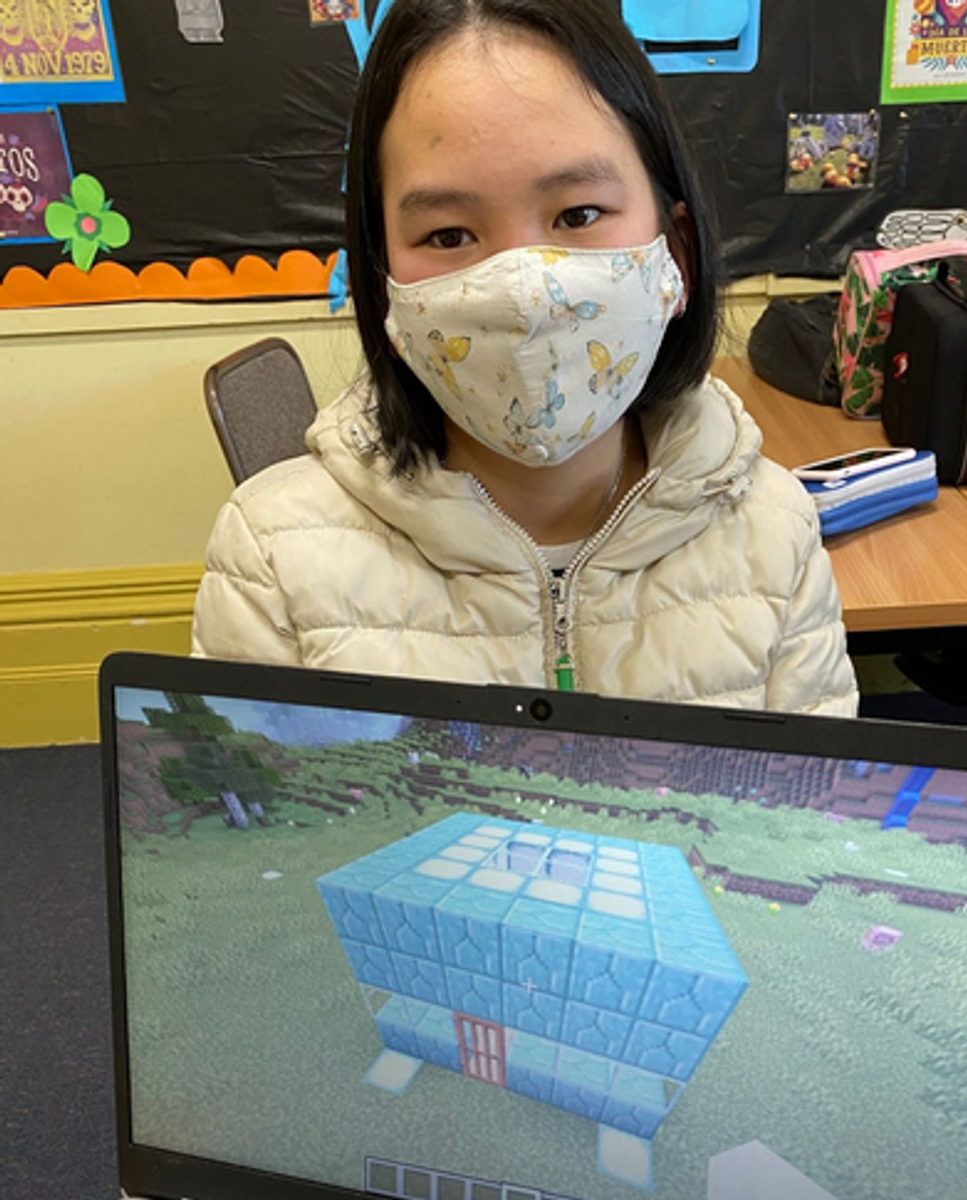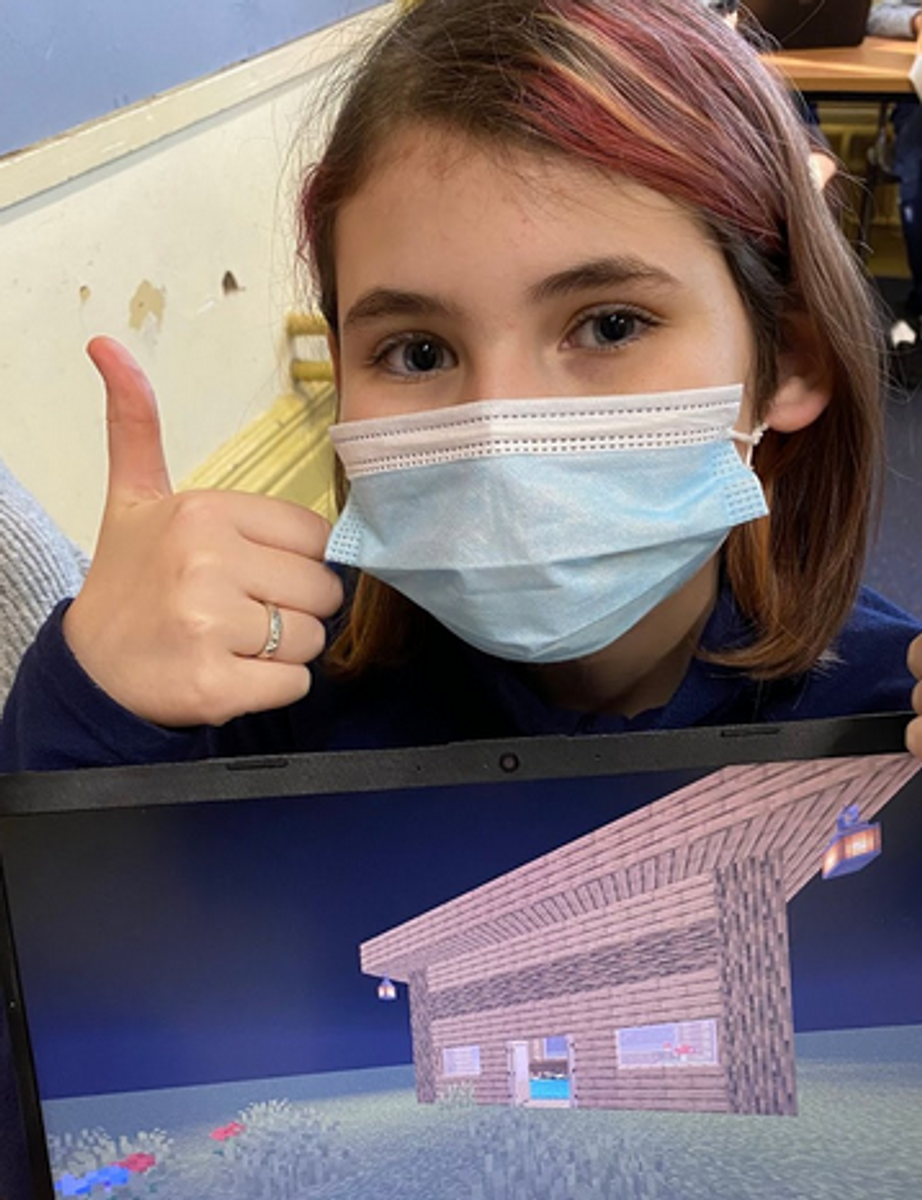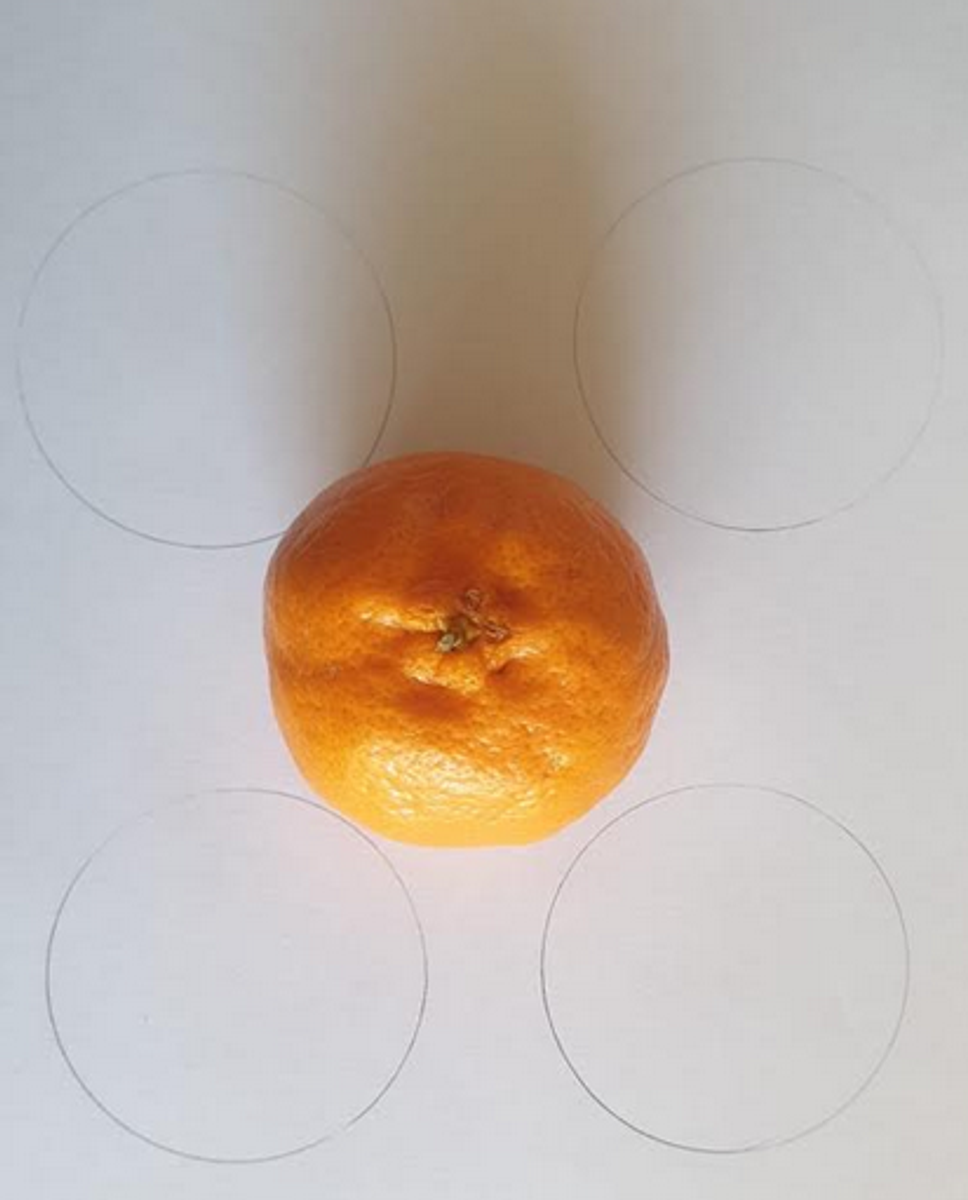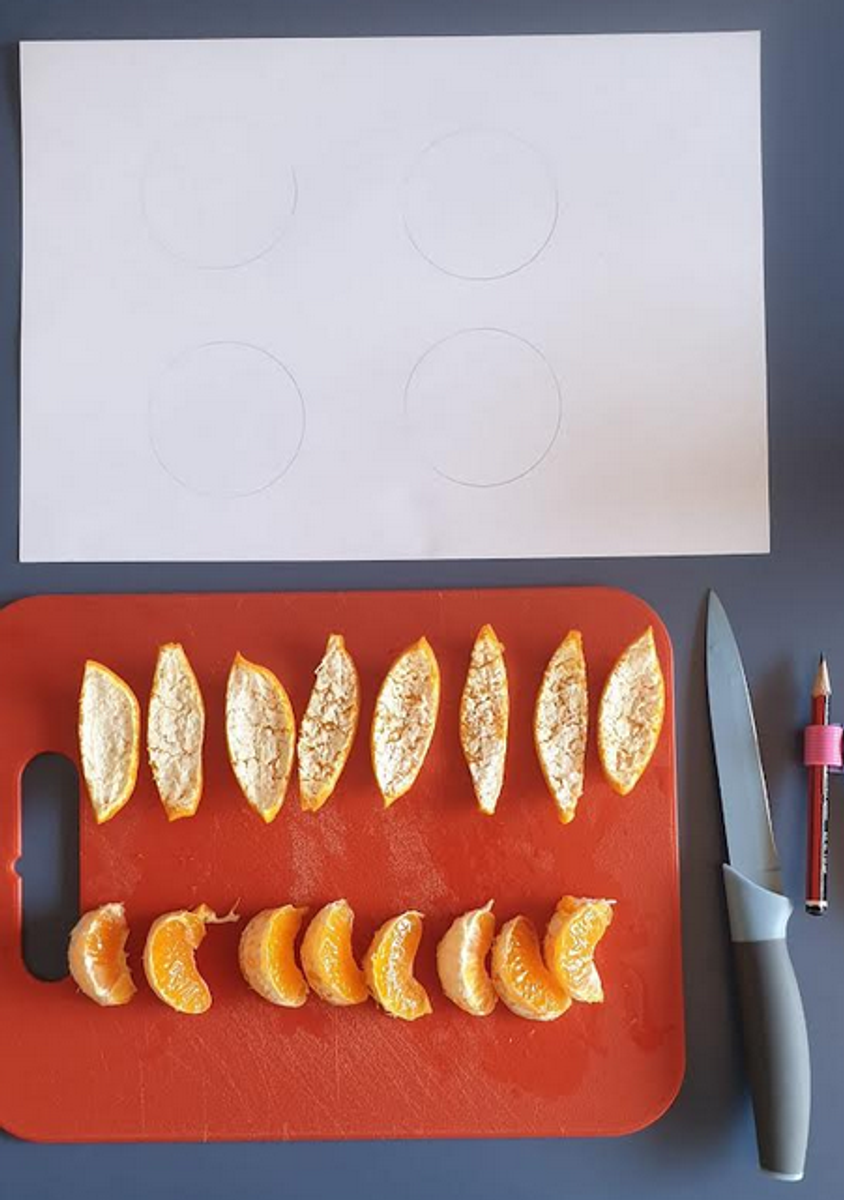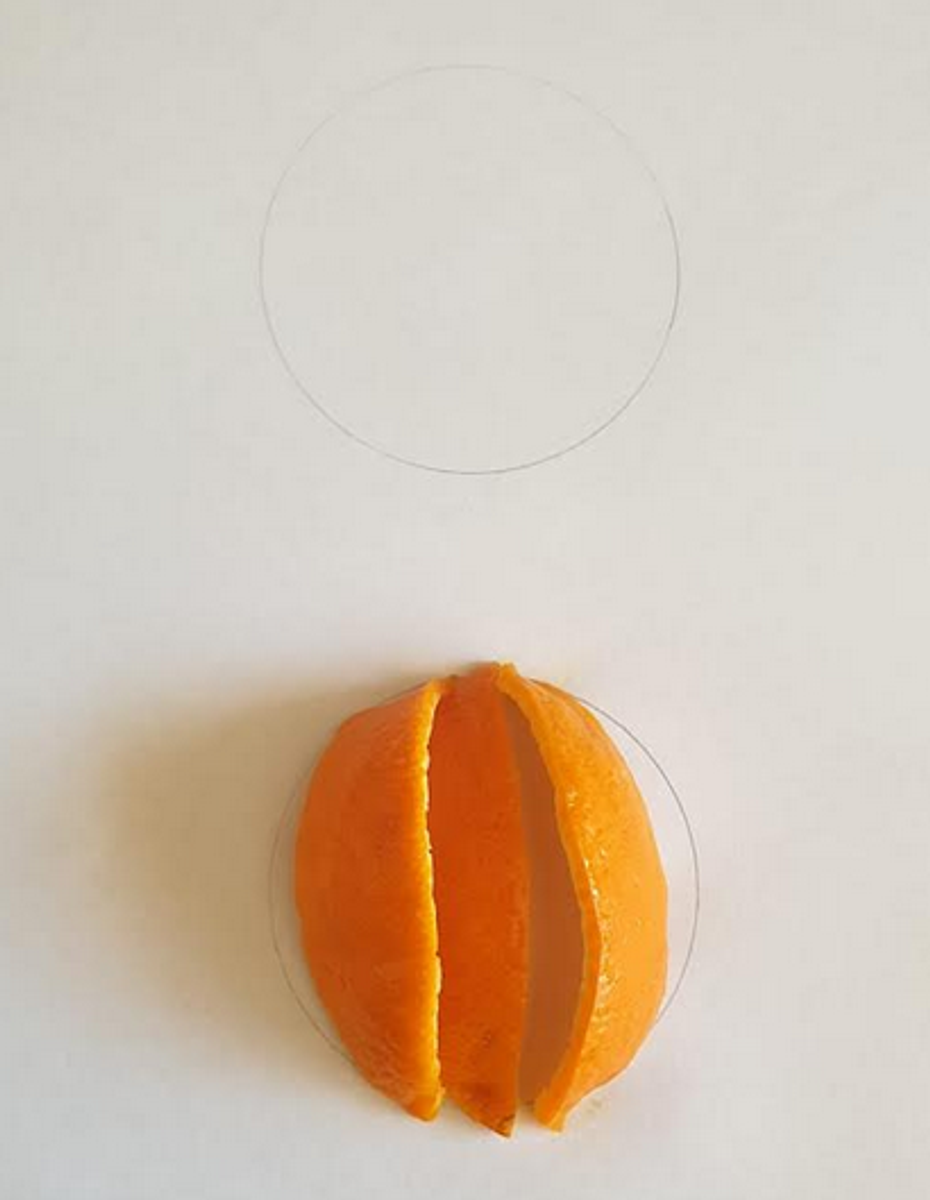MYP: Connecting to Mathematics
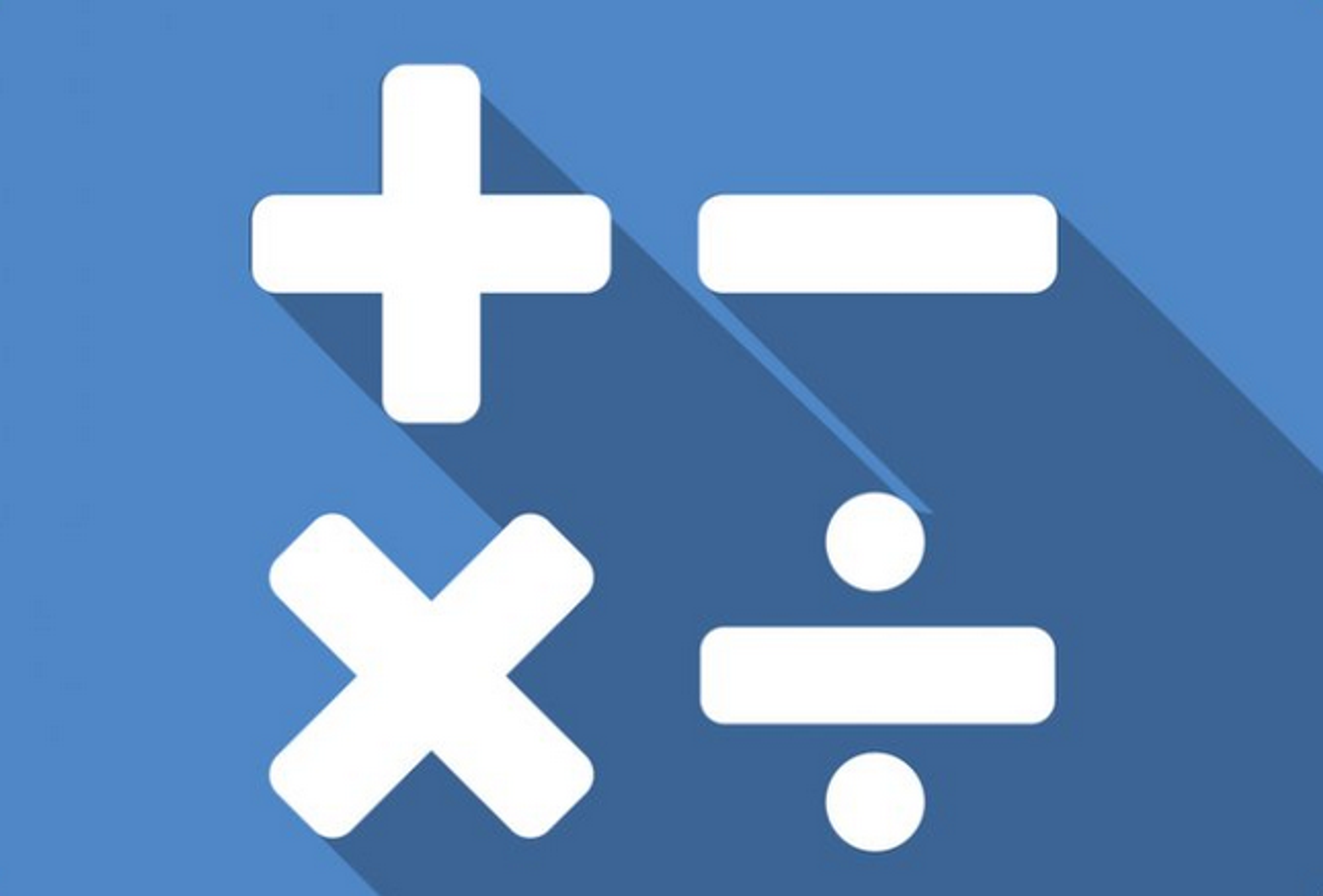
YEAR 7
Statement of Inquiry: Understanding form and measurement enhances creativity.
How do mathematicians describe shapes? When might you need to convert units of measurement of a shape? Why is it important to be able to calculate the length and area of different shapes?
Students have been utilising ‘Minecraft’ to assist them to calculate the perimeter, area and volume of rectangular prisms.
YEAR 8
Statement of Inquiry: Looking at patterns helps us identify and understand the relationship between two changing quantities and can allow us to create justifiable models of systems.
The Year 8 MYP Maths class has been working very hard this term. We have just finished the topic of, What types of information can lines and linear functions tell us? Students have learned to identify relationships in mathematics which allow us to recognise patterns and changes in differing situations and justify the use of models to accurately predict future outcomes.
YEAR 9
Statement of Inquiry: Generalising relationships between measurements can help analyse and create products, processes and solutions.
In Year 9 Maths we have been studying the Unit: 3D Shapes - Products, Processes and Solution. Whilst exploring the various formulas for calculating the area and volume of shapes, we have been stopping to ask ourselves, "How was this discovered?" After this, we moved onto "And how was this PROVEN?" We have found that noticing or discovering a pattern alone is not enough to prove that it ALWAYS happens.
One of the activities we completed at home during lockdown was estimating the surface area of a sphere by experimentation. How? We cut up oranges to see how much of a circle with the same radii could be covered with the peel.
YEAR 10
Statement of Inquiry: People can use mathematical relationships and patterns generated from real-world data to improve their interactions with the environment.
What makes the IB MYP stand out is its unique criteria-based summative assessment. There are four criteria in mathematics: knowing and understanding, investigating patterns, communicating and applying mathematics in real-life contexts.
Each summative assessment is presented with a Statement of Inquiry and task-specific clarifications. These clarifications illustrate what students are expected to know and do. The Statement of Inquiry encourages students to be inquirers and communicators. These inquiry questions also give directions to the sequence of teaching and learning.
In Semester 1, Year 10 students applied what they learnt in probability to investigate a real-life event – toss a coin until it comes up ‘heads’. The assessment taught students how accurately probabilistic modelling could simulate real-world problems. The criteria-based assessments produce rich opportunities for students to draw on their learning and authentically demonstrate what they are capable of through each mathematics unit.
Anthony Cavagna (Y7)
Deena Kaltmann (Y8)
Kris Austin (Y9)
Robin Wang (Y10)
teachers of Mathematics
anthony.cavagna@preshil.vic.edu.au
deena.kaltmann@preshil.vic.edu.au
kris.austin@preshil.vic.edu.au
MATHS STUDY GROUP HAS NOW MOVED TO MONDAYS EACH WEEK. Sessions run weekly after school (3.20pm - 4.15pm) in Hades and support both MYP & DP students on topics of their choice. Whether students are catching up, maintaining par or getting ahead, these sessions offer students an opportunity to study, with help at hand on alternate weeks from Maths teachers Andrew Belegrinos and Helen Kerr-Lawley.

